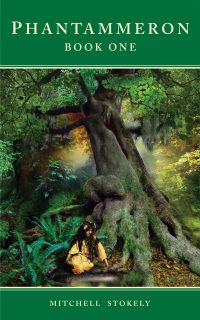We seem to live in an increasingly faithless world, where our religious beliefs are not as important as they used to be. Such things in our past have influenced so much of our literature, however. And they have heavily influenced J. R. R. Tolkien’s work, including Lord of the Rings.

Too many people today seem hyper-focused on Tolkien’s artificial mythology rather than the belief systems of the man that wrote it. One thing however I’m interested in with Tolkien is the strong influences ancient pagan texts had on his work, like the Kalevala of Finland, which we know he read, Beowulf, as well as possibly Irish Faery and Icelandic sagas. And yet, ironically, all these texts came from the hand of Christian monks 1000 years ago. Such “mixed” works had a heavy impact on Tolkien’s final cosmology. So much of these ancient texts, though pagan, had themselves influences of early Christian belief systems imbedded in them, relics of post-Roman Christian influences that feel very Augustinian.
For this reason, I feel just as Tolkien weaved his faith into these early texts when creating his cosmology, blending his Modern Christian beliefs with the philosophies of much older views was his brilliance. So much of these early pagan manuscripts he read were so heavily Christianized it’s almost inescapable trying to separate the cultural pagan and Celtic mythologies and stories from the increasing Christian belief systems that have so dominated Europe the past 2000 years. Yet Tolkien seemed to separate the two very well without rejecting either in his works.
This appears to me what most people the past 50 years have completely missed about Tolkien – the heavy influence of Christianity merged with pagan influences. He was a Moralist, and yet a Mythologist as well on a grand scale. The darker pagan myths of his writing still resonate to many, directly impacted by Tolkien’s deep readings of the Kalevala, Prose Edda, and Beowulf, among others. But his work has always appeared to serve the Christian spirit that drives the main message and meaning of his work. Tolkien hated allegory and so he avoided that trope unlike his good friend C. S. Lewis. And that’s why the merging of two forms in Tolkien, faith and ancient myth, is so important and so remarkable, yet ironically so poorly understood by the masses today.
This is why I encourage all my readers and followers to try and go to the library and get translations of these old books and study them as Tolkien did, understanding that the mythology in these tomes was always equal to the Christian belief systems hidden behind the meaning in these old manuscripts. For such things are not easily seen or grasped in our modern consumerist, pop culture society we have today; one that seems so shallow and uninspiring, incapable of transcending the cultural moment for more transcendent spiritual needs.
You don’t have to get trapped in failed modern views of Tolkien’s work as reflected upon by pop culture theorists. The truth of all great art, music, and writing is the fact that such things always seem to transcend the current “historical moment”. Great art is universal in its connection to the Human Spirit! For culture waxes and wanes, but the human condition perseveres, and so lives on.To understand such things you must have a faith or a belief system or a view of your place in the cosmos, at least. But you must also study the relics of the past, closely, before you can transcend the Capitalistic, consumerist, cultural moment we are all trapped in today. Such things Tolkien seemed to grasp so powerfully as an artist.
– the Author
Created 4/2019



